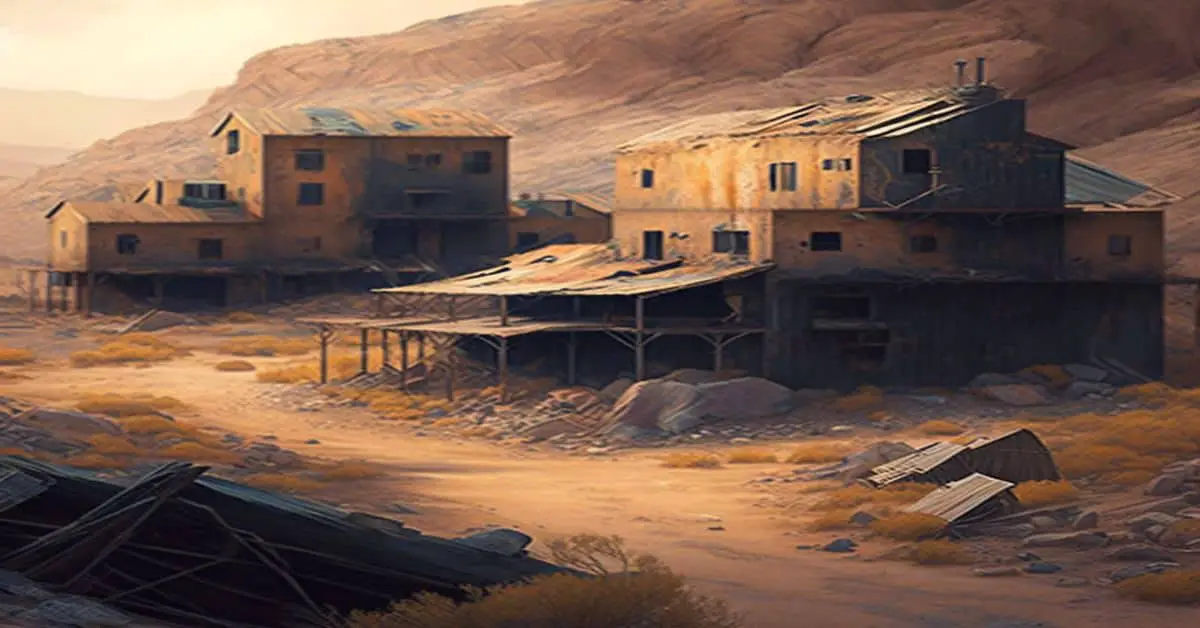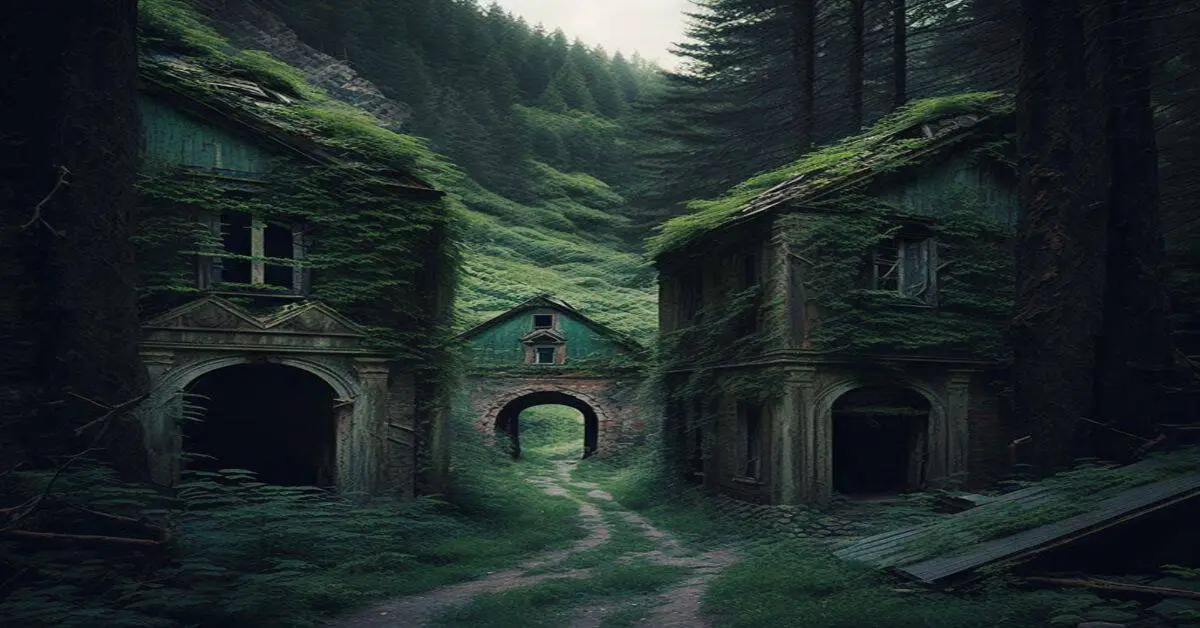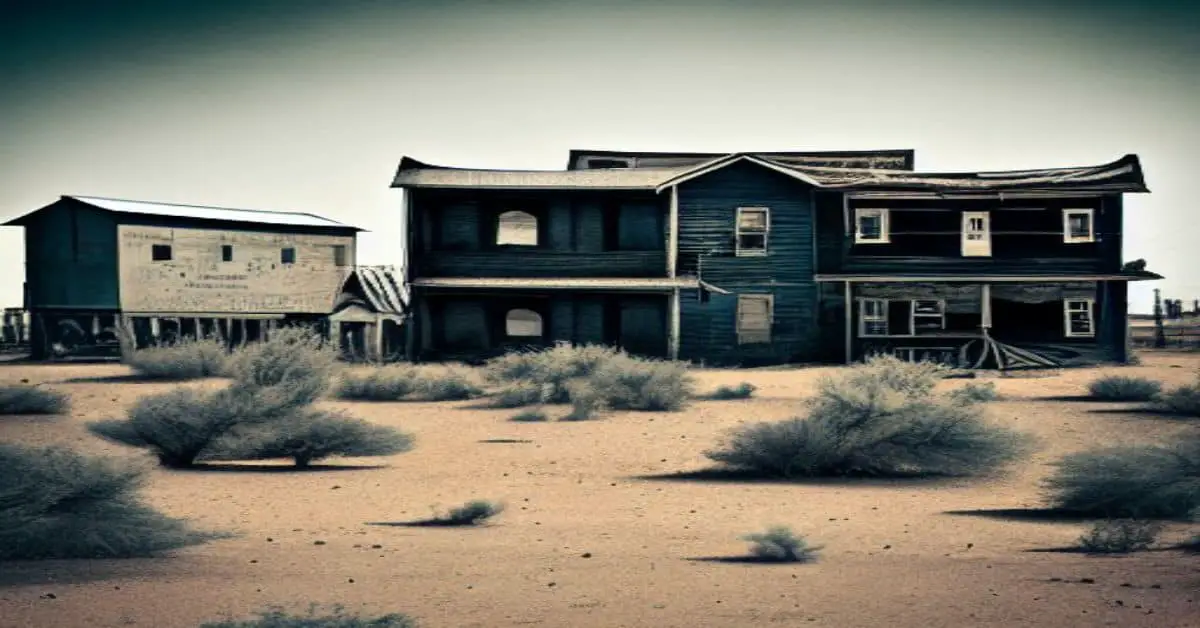Red Cliff, a former mining town located in Colorado, was once a bustling community during the boom days of Leadville. Established in 1879, Red Cliff became the largest of many camps in the area and was populated enough to become a county. The town boasted several thriving businesses like hotels, a post office, schools, and an opera house. However, in its current state, Red Cliff is a ghost town that is slowly turning into a resort area.
This article titled ‘Red Cliff: From Mining Town to Ghost Town’ will explore the history of Red Cliff, how it became a ghost town, as well as the prospects of it becoming a resort center.
To understand how Red Cliff became a ghost town, it is essential to delve into its history and formation. Red Cliff was established as a mining town, and its economy relied heavily on extracting precious metals like gold, silver, and lead. The town grew rapidly, attracting miners, entrepreneurs, and investors who sought to capitalize on the booming mining industry. The town’s population peaked at around 1,500 people in the early 1880s, becoming a hub for economic, social, and cultural activities in the area.
However, the town’s fortunes declined in the late 19th century due to a combination of factors like the depletion of mines, economic depression, and natural disasters. As a result, many residents left searching for better opportunities, leading to the town’s eventual abandonment.
Today, Red Cliff is a testament to the rise and fall of the mining industry and its impact on the communities that relied on it.
Key Takeaways
- Red Cliff was established as a mining town in Colorado with a population of 1,500 in the early 1880s.
- The town had a thriving economy based on precious metals, hotels, post office, schools, and an opera house.
- Red Cliff declined due to the depletion of mines, economic depression, and natural disasters.
- Currently, efforts are being made to develop the town into a resort center, which has excellent prospects for economic growth and significant contribution to Colorado’s economy.
History and Formation
Red Cliff’s history can be traced back to the early prospectors who were crowded out of the Leadville region during its boom days. These miners set out to prospect elsewhere and eventually discovered good ore on Battle and Horn Mountains. This led to the formation of Red Cliff as the largest camp in the area, which was populated enough to become a county and eventually become the county seat of Eagle County.
Early prospectors used basic mining techniques such as panning and sluicing, but as the town grew, more advanced techniques were used such as hydraulic mining and tunneling.
The impact of transportation on Red Cliff’s growth cannot be understated. Initially, the town was only accessible by foot or horseback, limiting its growth potential. However, the Denver and Rio Grande Railroad construction in the late 1800s allowed for easier transportation of goods and people to and from Red Cliff, which helped the town thrive.
The railroad also allowed for easier transportation of precious metals, further contributing to the town’s success.
Population and Growth
The settlement of Red Cliff experienced a period of economic decline that led to a decrease in its population and growth.
The once-thriving mining town, which had become the largest of many camps in the area, saw a decline in its fortunes as the mines began to run dry.
This decline was further exacerbated by the migration patterns of miners who sought better prospects elsewhere.
As a result, Red Cliff began to lose many of its residents, and the town’s businesses began to suffer.
The migration patterns of miners were primarily driven by a desire to find new sources of valuable resources.
The discovery of good ore on Battle and Horn Mountains had led to the formation of Red Cliff, but miners were always on the lookout for the next big discovery.
As the mines in Red Cliff began to run dry, many miners left in search of new prospects.
This led to a decline in the town’s population and the closure of many of its businesses.
Despite this decline, there is still some mining activity in the area, and the prospects of Red Cliff becoming a resort center look promising.
Current State and Future Potential
Nestled in the rugged mountains of Colorado, the former mining settlement of Red Cliff has transformed into a potential resort area with promising prospects for its future.
While the town is now considered a ghost town, there is still some mining activity there.
However, the current focus is on developing the town into a resort center.
The prospects for resort development in Red Cliff are excellent, and the town is already attracting investors.
The economic impact of resort development in Red Cliff would be significant.
The town’s location in the mountains offers breathtaking views and outdoor recreational activities.
The town’s development into a resort center would create jobs and bring in tourism revenue, boosting the local economy.
Additionally, the preservation of the town’s historic buildings would attract visitors interested in the area’s rich mining history.
Overall, the future of Red Cliff looks bright, with the potential to become a thriving resort town and a significant contributor to the Colorado economy.
Frequently Asked Questions
What types of minerals were mined in Red Cliff?
The types of minerals extracted in Red Cliff are not specified in the given text. However, it is known that the mining industry in the area had a significant environmental impact and poor labor conditions.
What was daily life like for the miners and their families in Red Cliff?
Daily life for miners and their families in Red Cliff was characterized by grueling work in dangerous mines, meager living conditions, and limited economic opportunities. Family dynamics were strained as men worked long hours, leaving women and children to manage households and small businesses.
How did the town get its name?
Red Cliff’s etymology is linked to the red sandstone cliffs that surround the town. The name has historical significance as it reflects the town’s geological location.
What factors led to the decline of Red Cliff as a mining town?
Red Cliff’s decline as a mining town was due to economic shifts and environmental impacts. The depletion of high-grade ore, labor strikes, and the rise of larger mining operations contributed to its downfall. Additionally, the town faced environmental challenges such as floods, fires, and landslides.
Are there any notable landmarks or buildings still standing in Red Cliff?
Red Cliff has several notable landmarks still standing, including the town’s former schoolhouse and opera house. These buildings hold great historical significance and preservation efforts are ongoing to maintain their integrity and cultural value. A metaphorical nod to the town’s past, they stand as silent reminders of Red Cliff’s former glory.


